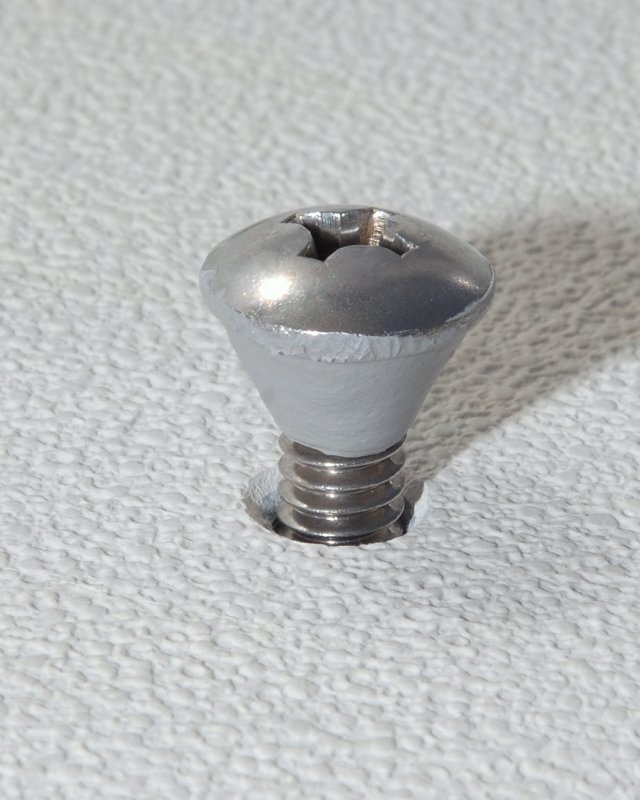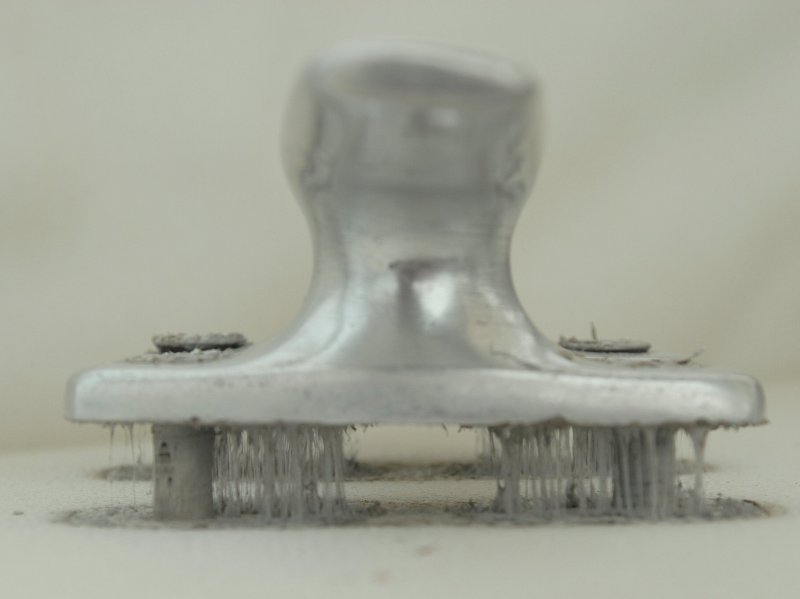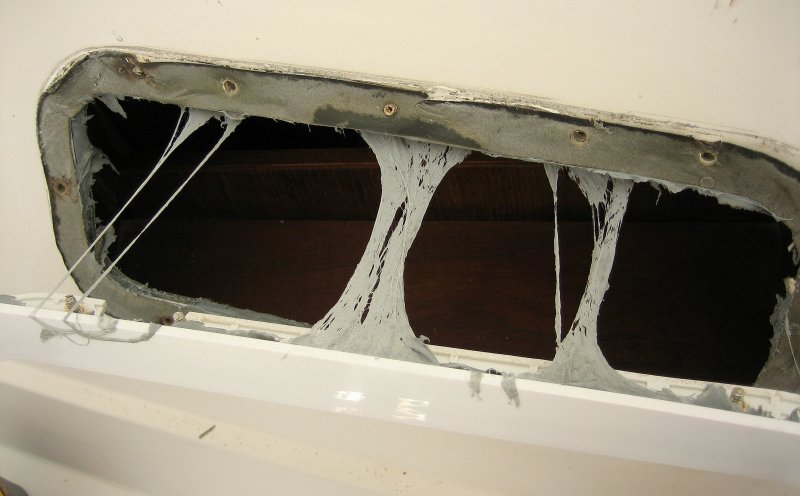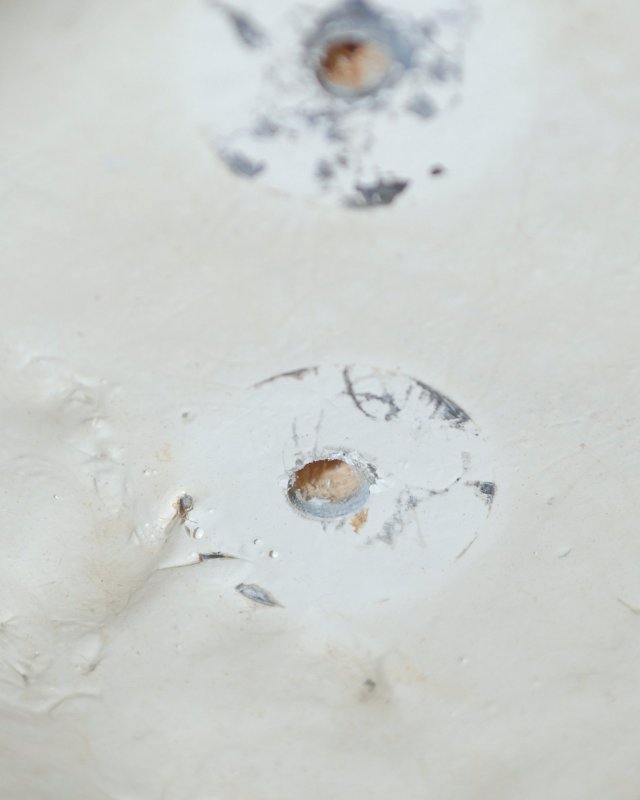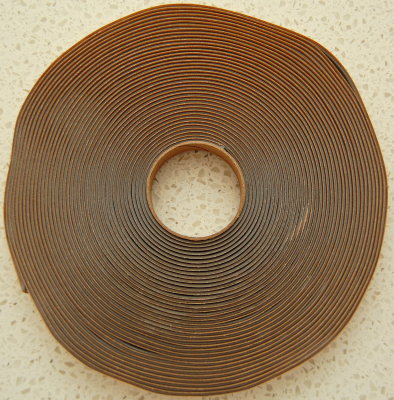simdim
Member II
Folks,
I had discovered that under heavy rain my e29 leaks from under handrails. It leaks a bit from main cabin portholes - but handrails need to be tackled first. It seems like PO did not do a good job reattaching them after refinish. Now I need to re-bed but want to take a quick poll on what brand of epoxy/filler people are using and happy unhappy about.
Cheers,
Simon
I had discovered that under heavy rain my e29 leaks from under handrails. It leaks a bit from main cabin portholes - but handrails need to be tackled first. It seems like PO did not do a good job reattaching them after refinish. Now I need to re-bed but want to take a quick poll on what brand of epoxy/filler people are using and happy unhappy about.
Cheers,
Simon


